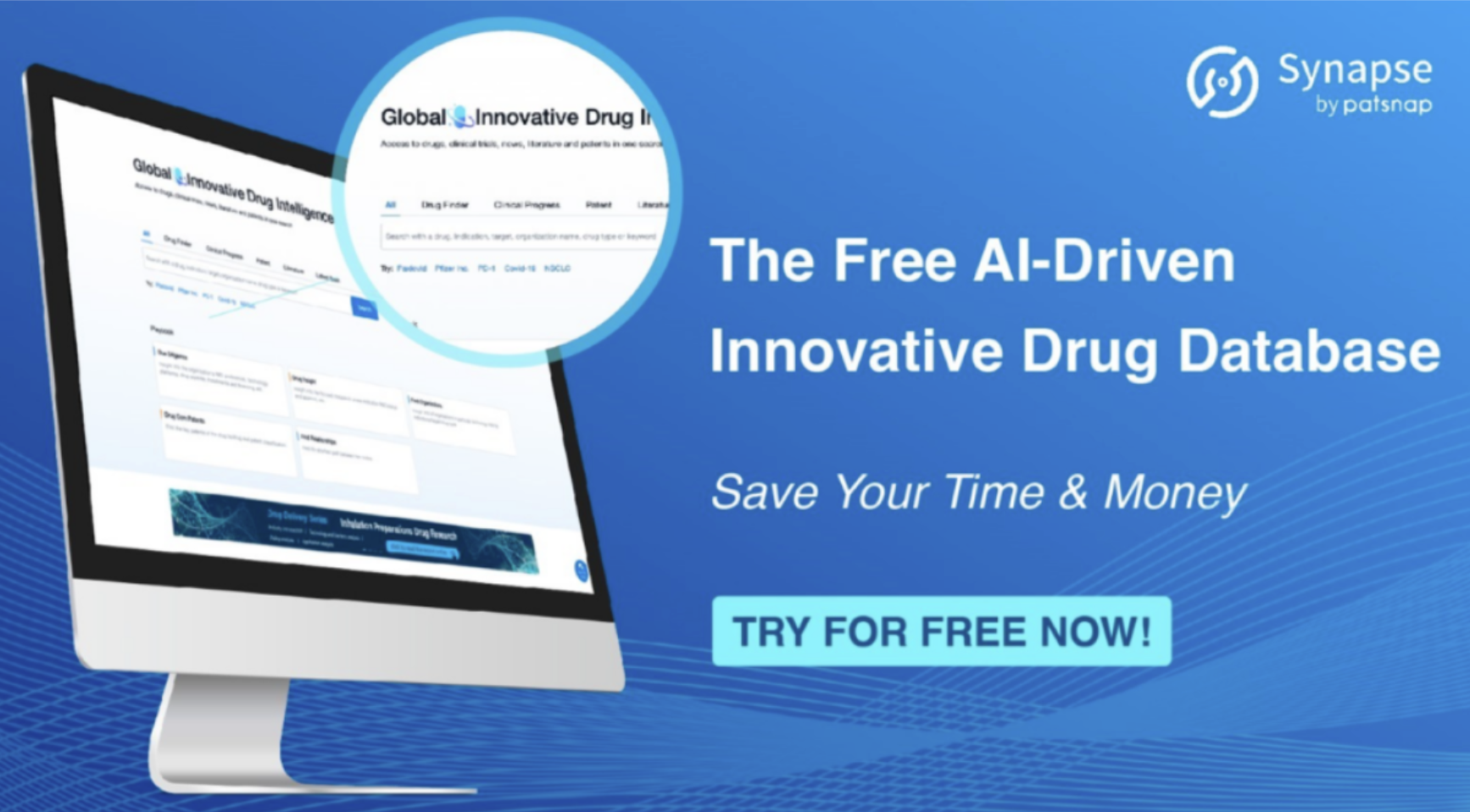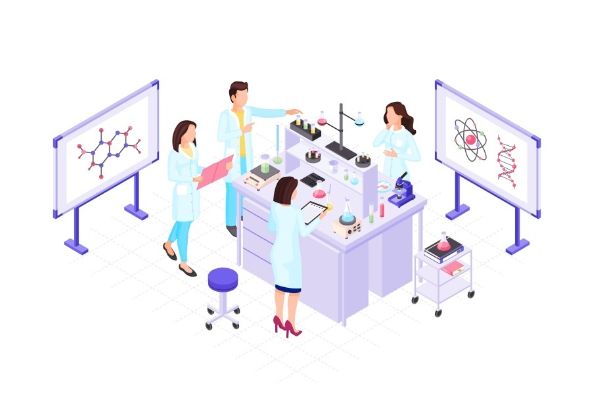Small Nucleic Acid Drugs: Under the Spotlight, Surging Waves
At the beginning of the year, GSK announced its decision to discontinue investments in the field of cell and gene therapies and shift its focus to small nucleic acid drugs. This news immediately brought small nucleic acid drugs into the spotlight, capturing people's attention and enthusiasm.
In fact, in December 2022, GSK entered into a partnership with nucleic acid therapeutics company Wave Life Sciences, with GSK providing a total investment of $3.3 billion to support the development of small nucleic acid drugs. This collaboration allows GSK to advance at least eight projects in this field. So, what are small nucleic acid drugs, and why are they highly valued by industry giants?
Small Nucleic Acid Drugs: A Battleground in the Pharmaceutical Industry
Small nucleic acid drugs, also known as oligonucleotide drugs, generally refer to nucleotide sequences of up to 30 base pairs. Their mechanism of action involves specific nucleotide sequences targeting mRNA to silence gene expression of target proteins, thereby achieving therapeutic effects. In a narrow sense, small nucleic acid drugs refer to RNA interference drugs (siRNA), while in a broader sense, they also include antisense oligonucleotides (ASO), microRNAs (miRNA), small activating RNAs (saRNA), mRNA, RNA aptamers, and others. Currently, small nucleic acid drugs mainly consist of siRNA and ASO.
Due to their ability to target specific proteins at the post-transcriptional level, small nucleic acid drugs offer the potential to develop therapeutic drugs for "undruggable" diseases, making them of significant clinical importance.
Furthermore, as small nucleic acid drugs directly regulate protein expression at the upstream level, they overcome the issue of drug resistance associated with targeted protein drugs. They also possess the potential to cure diseases and achieve long-term therapeutic effects.
In contrast to traditional small molecules and antibody drugs that require recognition of protein conformation, small nucleic acid drugs only need to target disease-causing gene sequences and design corresponding RNA fragments. This advantage results in shorter development cycles and faster drug target screening. Moreover, small nucleic acid drugs have well-defined mechanisms of action and do not rely on complex protein structures, leading to a higher success rate in development.
According to a recent report published by research firm Research And Markets, the global market for small nucleic acid drugs reached $6.1 billion in 2022 and is projected to reach $19.9 billion by 2030, with a compound annual growth rate of 15.9%.
Given the numerous advantages of small nucleic acid drugs and the vast market potential, industry insiders predict that they will become a battleground in the global pharmaceutical industry.
Breaking Free from the Shackles of Rare Diseases: 14 Small Nucleic Acid Drugs Currently on the Market
Since the establishment of Ionis, an antisense oligonucleotide development company, in 1987, small nucleic acid drugs have undergone more than 30 years of development. However, the road to developing small nucleic acid drugs has not always been smooth. Issues such as instability, immunogenicity, low cellular uptake efficiency, endosomal escape challenges, and significant side effects have previously hindered the progress of small nucleic acid drugs.
In 2009, OPKO, a pharmaceutical company in Miami, terminated Phase III clinical trials of the siRNA drug bevasiranib for the treatment of wet age-related macular degeneration due to its lack of efficacy. Additionally, many companies focused on small nucleic acid drugs withdrew from the field due to challenges in drug delivery and off-target toxicity.
In 2010, Roche announced its withdrawal from the RNA interference (RNAi) field after investing $500 million. In 2011, Pfizer terminated its RNAi program, and the same year, Merck shut down its RNAi research center. Meanwhile, Novartis announced the termination of its collaboration with RNAi development company Alnylam. The successive exit of major pharmaceutical companies led to a downturn in small nucleic acid drug development. However, some companies continued to persevere.
With breakthroughs in key technologies such as chemical modifications and delivery systems, small nucleic acid drugs have entered a new phase of development. As of now, there are 14 small nucleic acid drugs approved and on the market worldwide, including 9 antisense oligonucleotides (ASOs), 4 siRNA drugs, and 1 nucleic acid aptamer. Approximately 80% of these drugs were approved after 2015, and their therapeutic applications primarily focus on rare diseases.
Entering the Field of Chronic Diseases: Small Nucleic Acid Drugs Reach New Heights
Due to the long-lasting effects and resistance avoidance of small nucleic acid drugs, the industry is gradually recognizing their value in the field of chronic diseases.
In the cardiovascular disease field, Alnylam and Novartis' Inclisiran, a siRNA drug targeting PCSK9, received FDA approval in December 2021 for the treatment of atherosclerotic cardiovascular disease. PCSK9 is an important target involved in regulating low-density lipoprotein cholesterol (LDL-C).
Clinical trials have shown that subcutaneous injections of Inclisiran every six months significantly reduce LDL-C levels. Compared to placebo, Inclisiran achieves a 48%-52% reduction in LDL-C, demonstrating a sustained and significant therapeutic effect. Furthermore, Inclisiran is well-tolerated. With its low injection frequency and high patient compliance, Inclisiran is considered a promising siRNA drug, with projected annual sales expected to exceed $3 billion, according to Evaluate Pharma.
Another major area of interest for small nucleic acid drugs in the field of chronic diseases is functional cure for hepatitis B. Functional cure refers to the sustained absence of HBsAg (hepatitis B surface antigen) and HBV DNA (hepatitis B virus DNA), as well as seroconversion of HBeAg (hepatitis B virus e antigen), with or without HBsAg seroconversion.
This results in improved liver inflammation and histopathological changes, as well as reduced incidence of end-stage liver diseases, including liver cancer. HBsAg clearance serves as a key indicator for functional cure in hepatitis B.
In terms of functional cure for hepatitis B, the most rapidly progressing development globally is the collaboration between GSK and Ionis for Bepirovirsen, an ASO drug that inhibits hepatitis B virus protein synthesis through RNA interference. The binding site of bepirovirsen exists in all hepatitis B virus mRNAs and pregenomic RNAs, thereby inhibiting the RNA, DNA, and protein expression of all hepatitis B viruses.
Bepirovirsen is currently in Phase III clinical trials, and preliminary results have shown that it can inhibit HBsAg protein expression while stimulating immune responses through Toll-like receptor 8 (TLR8), activating the immune system to clear the virus from the bloodstream.
Another fast-progressing drug is VIR-2218, jointly developed by Vir and Alnylam, which is an RNAi therapy targeting hepatitis B virus. Results from Phase I/II clinical trials demonstrate that VIR-2218 can dose-dependently reduce patients' HBsAg levels, with a reduction exceeding 1 log10 (10-fold) in HBsAg levels for 71% of patients.
Currently, reducing HBsAg remains a major challenge in hepatitis B treatment. If small nucleic acid drugs can prove their long-lasting efficacy and achieve functional cure in subsequent studies, it will be a significant breakthrough in hepatitis B treatment.

References
1.https://www.fiercebiotech.com/biotech/no-regrets-gsk-turning-its-back-cell-therapies-oligio-strategy-heats;
2. Jennifer Hardy,Stephanie Niman, Edward Pereira, et al. A Critical Review of the Efficacy and Safety of Inclisiran. Am J Cardiovasc Drugs. 2021; 21(6): 629-642.
3.Nabil G Seidah, et al. PCSK9: a key modulator of cardiovascular health. Circ Res. 2014 Mar 14;114(6):1022-36.
4.Meier MA, Calabrese D, Suslov A, Terracciano LM, Heim MH, Wieland S. Ubiquitous expression of HBsAg from integrated HBV DNA in patients with low viral load. J Hepatol. 2021;S0168-8278(21)00328-7.
5.https://www.gsk.com/en-gb/media/press-releases/gsk-presents-promising-new-data-for-bepirovirsen-an-investigational-treatment-for-chronic-hepatitis-b/.



